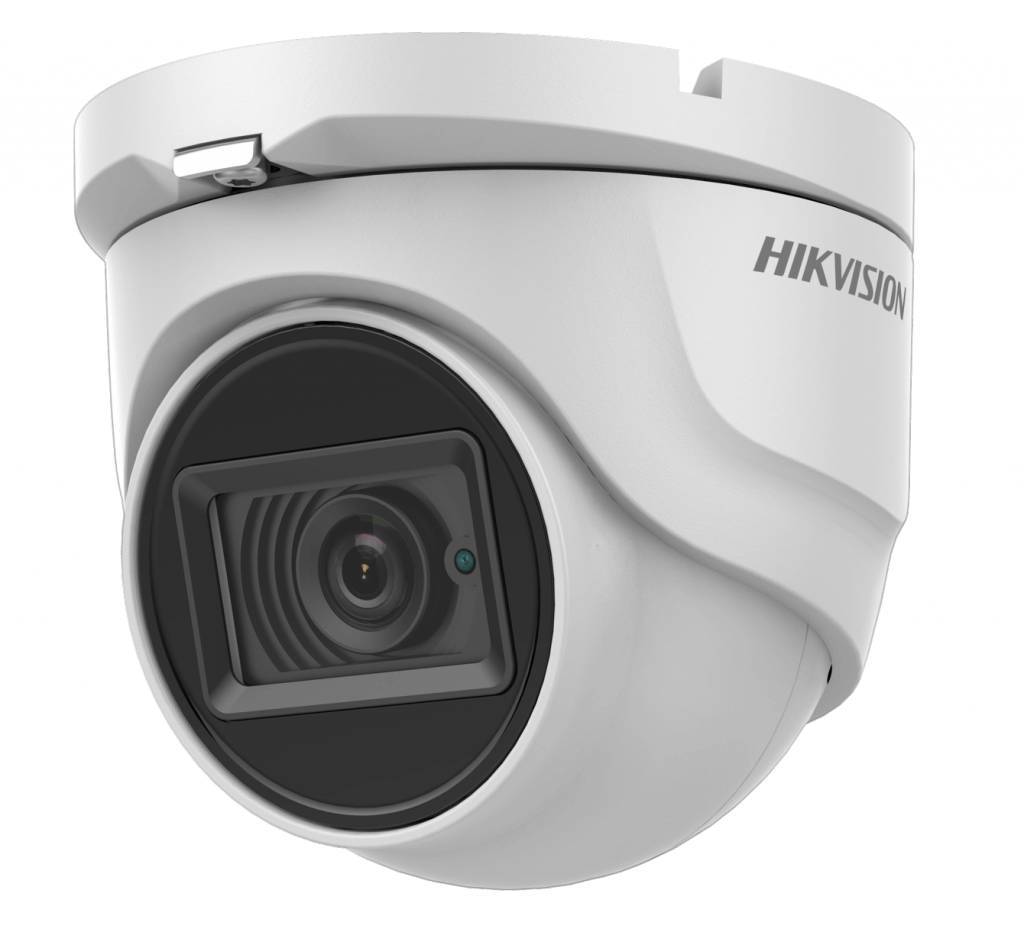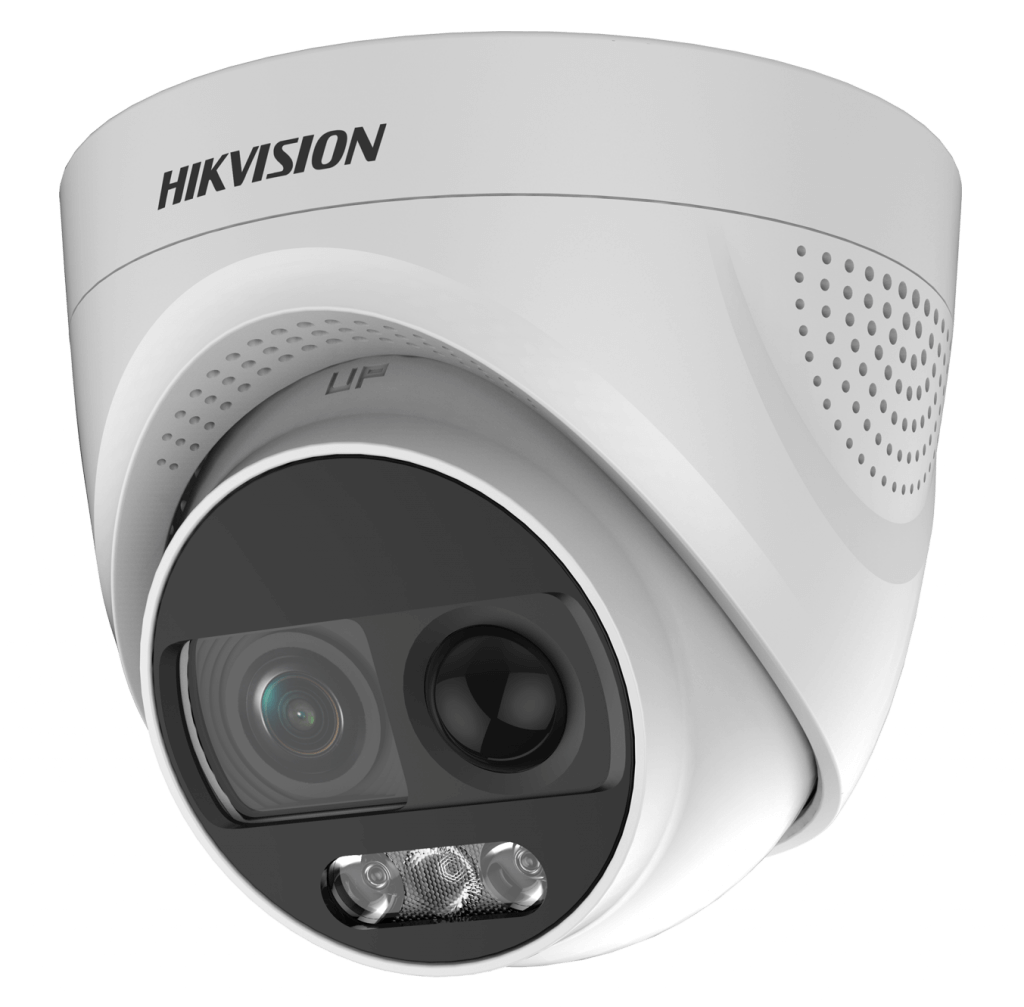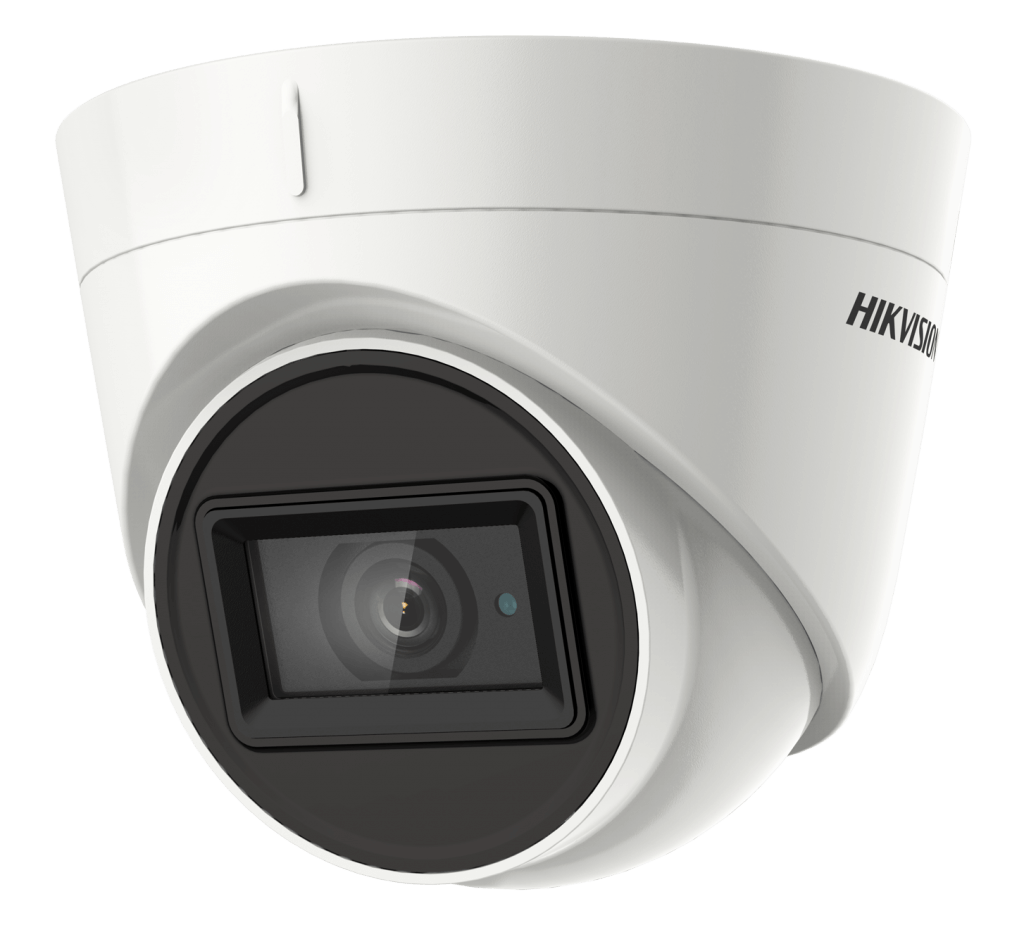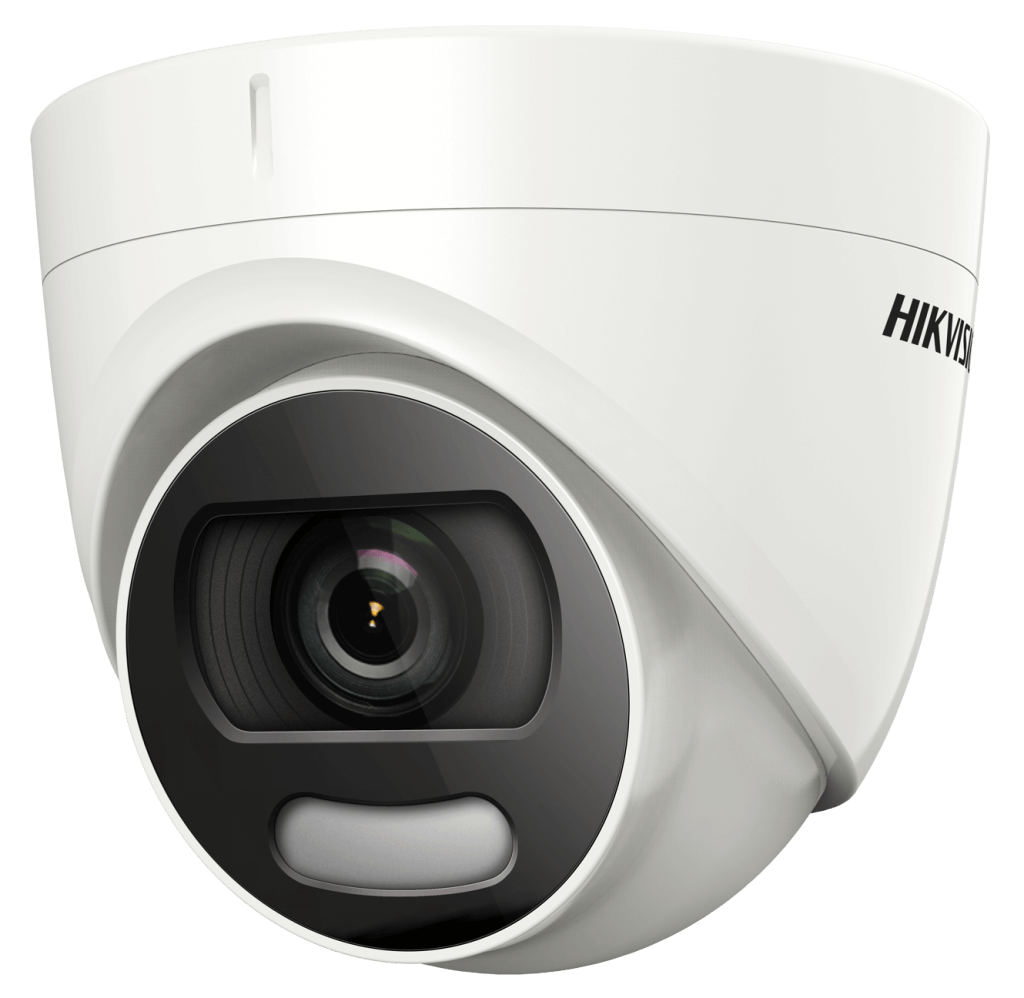Explaining Wide Dynamic Range
Wide Dynamic Range, commonly seen written as WDR, is a technology used to tackle issues in video recording areas with high variance in lighting levels. Cameras equipped with WDR are able to tackle this in a couple different ways (we will get around to how), which helps show more information in terms of what gets captured by the camera; notably by improving image quality and obtaining a more uniform result, thanks to this dynamic treatment of light.

A good example of this is when a camera is facing towards somewhere with a window. Inside the building will be darker than outside. This means the camera will either focus on the inside and not be able to see anything going on through the window or you will focus out of the window and everything inside will get dark. This can be a security hazard as you will have an area where you can’t view what’s happening.
This is where a WDR Camera comes to play. With such a camera, it will be able to see both areas inside the building and out of the windows with a much more uniform level of lighting without loss of quality; most importantly you will have no gap in your surveillance security!
Where WDR Shines
Cameras with WDR are ideal in different situations that require very high-quality monitoring. Some examples are:

– When the camera has areas of dark and light in one frame e.g. looking out from inside a building or looking out from a parking lot which needs to register which cars come through & leave.
– Cameras covering entrances of modern office block reception areas with lots of large windows.
– Cameras looking through glass/window with reflections present; preventing proper illumination.
– Cameras facing an area with quickly changing light levels e.g. facing a busy street with car lights, facing areas with neon signs.
.
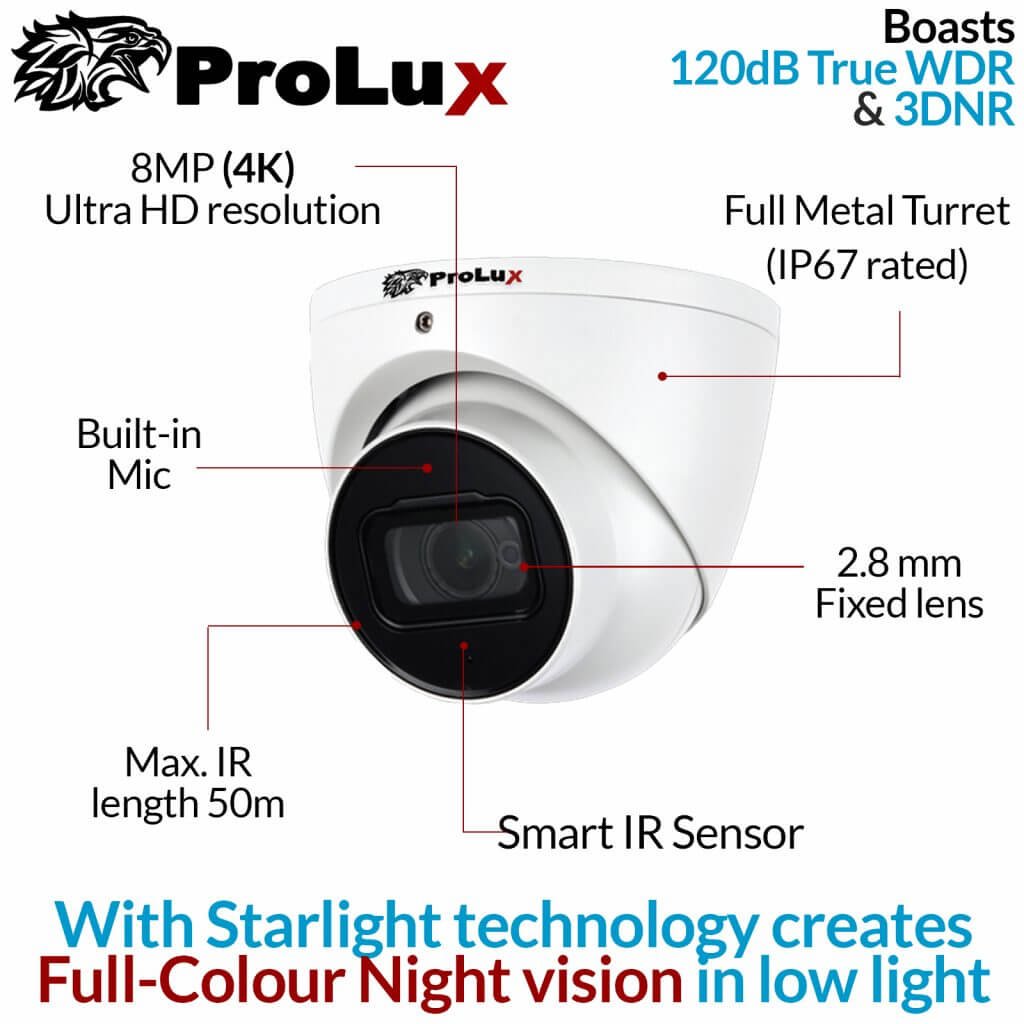
(click on picture to be taken to the product page)
How does Wide Dynamic Range work?
With WDR technology, the camera lens uses different shutter speeds to allow more light in darker areas & less light in brighter areas. The sensor’s exposure to light it receives from outside is controlled to achieve a compensated image. With powerful image processing power, This would then combine them into 1 image.

True WDR cameras and Digital WDR (dWDR) cameras
When browsing for CCTV cameras, you will come across cameras with WDR. Use due diligence while browsing! Because although they may seem the same; they might not be. This is because there are multiple types of WDR; such as True Wide Dynamic Range and Digital WDR.
As written above, we have covered how True WDR works using different shutter speeds & raw image processing.
Digital WDR (dWDR) varies to this by using clever software to digitally retouch the image so darker areas are lightened and lighter areas darkened.
Hikvision’s Cameras with a Variety of WDR
Going from left to right:
Left – 8MP Dome w/ dWDR (DS-2CE76U1T-ITMF)
2MP ColorVu PIR Siren Turret w/ 130dB True WDR (DS-2CE72DFT-PIRXOF)
5MP AoC Dome w/ dWDR (DS-2CE78H0T-IT3FS)
5MP ColorVu Turret w/ 130 dB True WDR (DS-2CE72HFT-F28)
Differences in image with True & digital WDR
As True WDR captures more information, there is a clear difference in video with True WDR compared to dWDR. Proper WDR achieves a more optimal overall illumination and captures more detail in all areas as well. To do this, they require a greater capacity for image processing. For this reason, True WDR cameras, although more expensive, achieve better results. Check out this Prolux 8MP Turret Camera sporting True WDR, delivering the sharpest and optimally illuminated images on the market.

BLC (Backlight compensation) isn’t covered here but simply it works to brighten the whole scene on a video/image frame instead of balancing over/underexposed areas like WDR does, This can wash out some already overly-lit areas in an image/video.
Having said this, as you can see in Figure 4, comparing a camera with dWDR with a camera without the technology is a much more obvious difference because you lose out on a lot more information when there’s nothing able to balance the colour and light levels out. Check out this camera by Prolux offering 4K picture quality paired with dWDR and 3D DNR
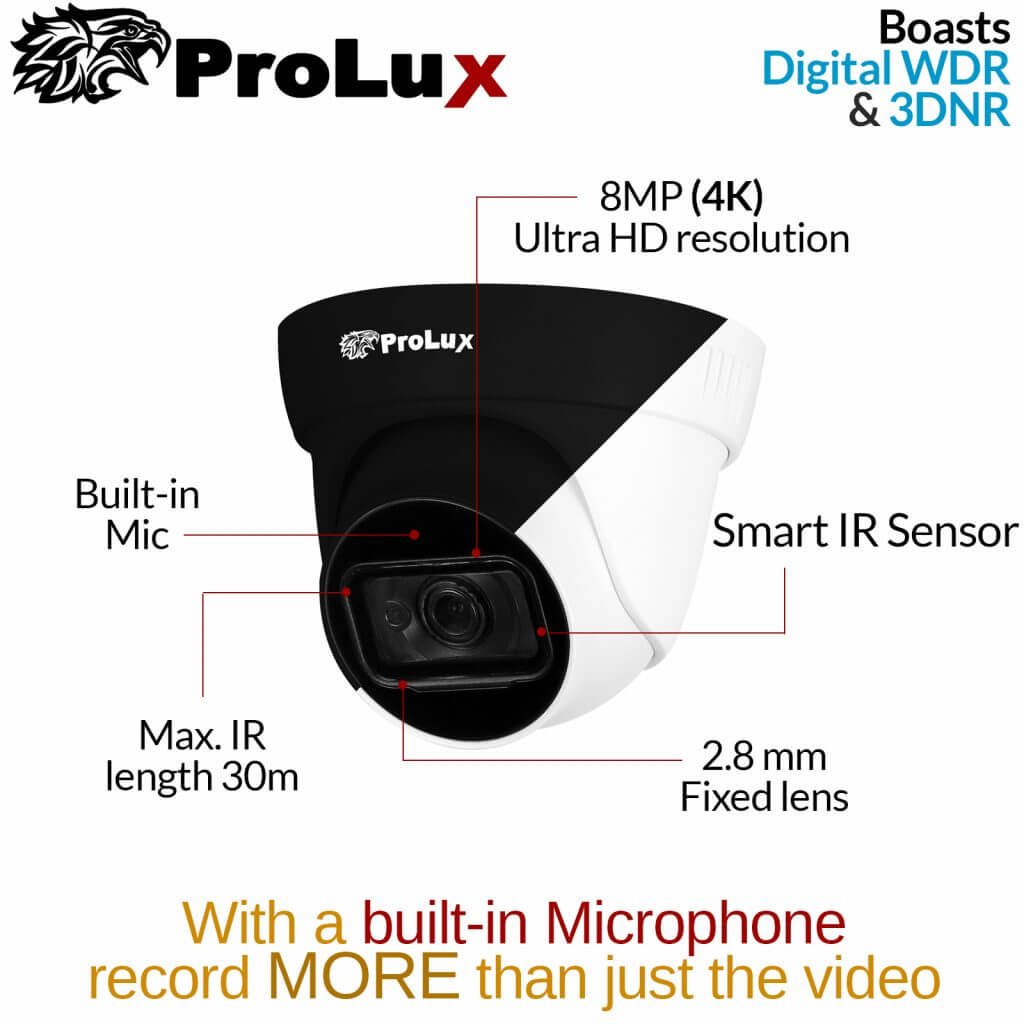
Conclusion
Wide dynamic range was created to aid Surveillance cameras capture more colour accurate imaging. Especially when looking at more complex views with different light conditions.
Its important to consider this technology when choosing your Security Camera, be it HD Coaxial or IP.
Note: We still advise to not point cameras directly at strong light sources. This can damage the camera lense and reduce its lifespan.
Hopefully now you are more aware of Wide Dynamic Range (WDR), how it can help your surveillance system, and the varying types of WDR available on the market.
~Ali Azizi
HDSecure Team



